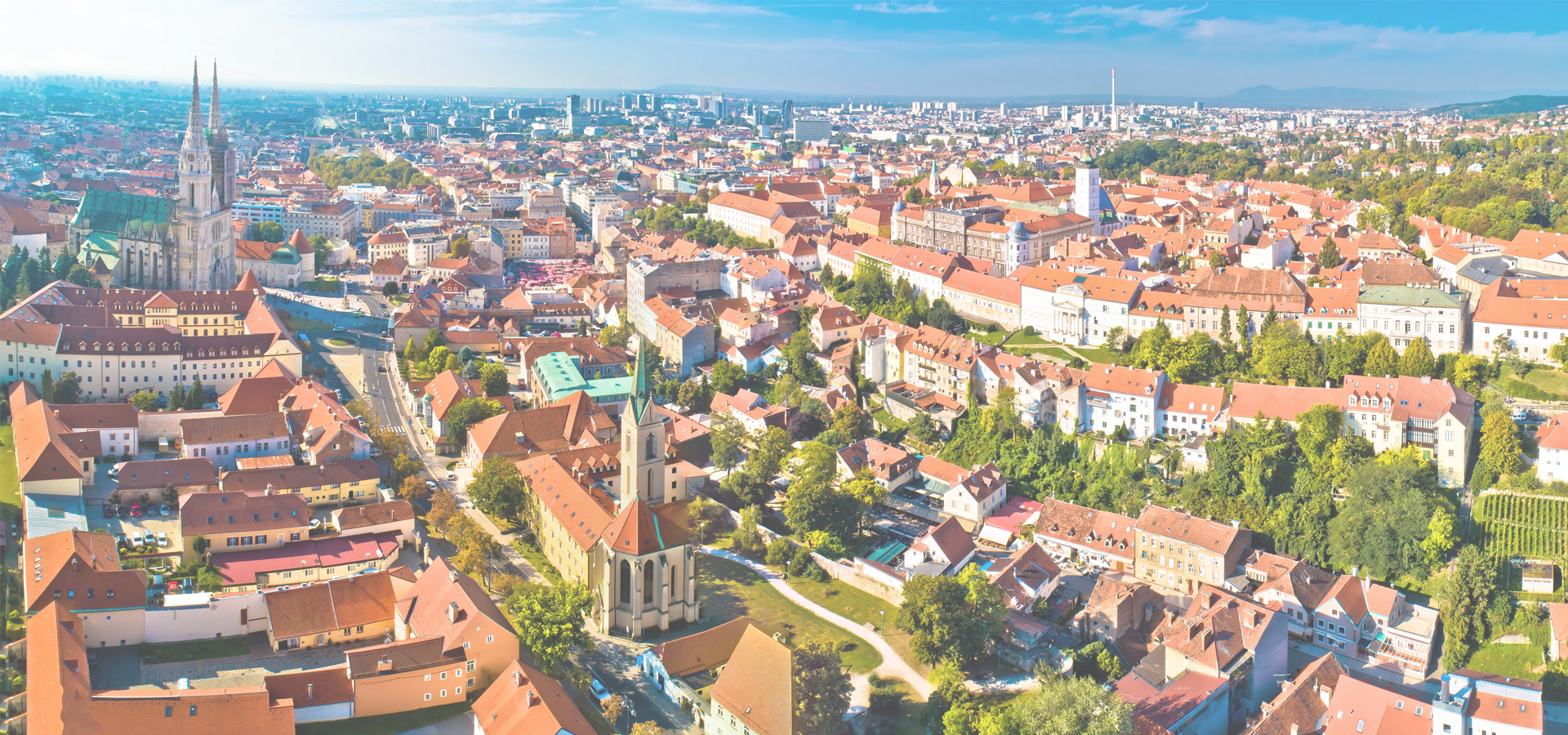Otočac, Lika-Senj County, Croatia
🇭🇷 Otočac is a town in Croatia, former bishopric and present Latin Catholic titular see. It lies in the north-western part of Lika region, in the Gacka river valley. The population of the administrative area of the Town of Otočac was a majority of Croats (91%).
Name The town is known as Otocsán in Hungarian, Ottocio in Italian, and Ottocium in Latin. In historical sources, the name has been rendered as Ottochaz (German and English), Ottocaz (Italian and German), and Ottotschaz, Ottotschan, & Ottocsaz (German).
History Otočac was named after the early Croatian parish. The text of the famous Baška Tablet (around 1100) says that the church of St. Nicholas in Otočac was part of the order community with the Church of St. Lucy, Jurandvor on the island of Krk. From 1300 on, it belonged to the estate of the Frankopan family. Sigismund Frankopan (1461–1535) founded a diocese there (see below). The settlement with a defence tower, at a bend in the river Gacka, was protected by a towered fort. After the fort's demolition in 1829, only parts remained preserved. To provide a safer defence, a Renaissance-era fortress ("Fortica") was built in 1619, with a triangular layout of cylindrical towers.
The Baroque parish church of the Holy Trinity, erected in 1684 (restored in 1774), is a large one-nave building with rounded sanctuary; three side chapels are on each side of the nave. The bell tower rises from the main front. The late baroque and classicist furnishings of the church include seven altars, a pulpit, baptismal font and sepulchral slabs from the 18th century.
From 1746, Otočac was the headquarters of a regiment (Ottotschaner Grenz-Infanterie Regiment N°II) of the Croatian Military Frontier, (Croatian Vojna Krajina). A number of harmonious, simple, mostly two-story houses originate from this period. Until 1918, Otočac was part of the Austrian monarchy (part of the Kingdom of Croatia-Slavonia subordinate to the Kingdom of Hungary after the compromise of 1867). In the late 19th century and early 20th century, Otočac was part of the Lika-Krbava County of Croatia-Slavonia.
During the World War II Genocide of Serbs by the Ustaše, Otočac was the site of the slaughter of some 331 Serbs in late April 1941. The victims were forced to dig their own graves before being hacked to death with axes. Among the victims was the local Orthodox priest and his son. The former was made to recite prayers for the dying as his son was killed. The priest was then tortured, his hair and beard was pulled out, eyes gouged out before he was skinned alive.
During the Croatian War of Independence the city was occupied by Serbian forces, but was later liberated by the Croats. It was later defended by the boškarini of the 154th Brigade HV, which in the following years visited the city. An armistice agreement was signed in January 1992, but the surroundings of Otočac were finally liberated only in 1995.
Ecclesiastical History A bishopric was established in 1460, on territory split from the Roman Catholic Diocese of Senj, which local estate owner Sigismund Frankopan (1461–1535) founded at the church of St. Nicholas and Jelena (née Keglević), widow of Juraj Mikuličić, who was a member of the community of the Divine Holy Spirit in Rome, gave to the church three parcels of land. Initially it was suffragan of the Metropolitan Archdiocese of Salona, later of the Archdiocese of Split. In 1534 it was suppressed and its territory returned to its mother diocese of Senj.
Demographics The Town of Otočac has 91.18% were Croats and 7.25% were Serbs. Croats in the vicinity of Otočac form two groups, those who speak Chakavian dialect and Bunjevci, who speak Shtokavian dialect with an Ikavian accent. Serbs form a majority in the villages of Gorići and Staro Selo. The settlement of Otočac itself had population of 4,240.
Before the Croatian War of Independence, the 1991 census lists the greater municipality of Otočac as having Croats (65.44%) and Serbs (31.13%).
Minority councils and representatives Directly elected minority councils and representatives are tasked with consulting tasks for the local or regional authorities in which they are advocating for minority rights and interests, integration into public life and participation in the management of local affairs. At the 2023 Croatian national minorities councils and representatives elections Serbs of Croatia fulfilled legal requirements to elect 15 members minority council of the Town of Otočac with only 13 members being elected in the end.
Geography Otočac is located in the western part of Gacko Polje, the karst field of centrally located Gacka river, located between Velebit and Mala Kapela, at an elevation of 459m. The town lies to the south-east of Senj, north-west of Gospić and west of Plitvice.
There are two town sections, the Upper Town and Lower Town.
Settlements • Brlog • Brloška Dubrava • Čovići • Dabar • Doljani • Drenov Klanac • Glavace • Gorići • Hrvatsko Polje • Kompolje • Kuterevo • Ličko Lešće • Lipovlje • Podum • Ponori • Prozor • Ramljani • Sinac • Staro Selo • Škare • Švica.
Zagreb Time

Otočac has a population of over 9,778 people. Otočac also forms part of the wider Lika-Senj County which has a population of over 42,893 people.
Twin Towns - Sister Cities Otočac has links with:
🇸🇮 Nova Gorica, Slovenia🇫🇷 Sarlat-la-Canéda 44.893
🇮🇹 Alessandria 44.909
🇺🇸 Eden Prairie 44.85
Locations Near: Otočac 15.2333,44.8667
🇭🇷 Gospić 15.375,44.546 d: 37.4
🇧🇦 Bihać 15.867,44.817 d: 50.2
🇭🇷 Karlovac 15.553,45.495 d: 74.3
🇭🇷 Rijeka 14.441,45.327 d: 80.5
🇸🇮 Novo Mesto 15.166,45.8 d: 103.9
Antipodal to: Otočac -164.767,-44.867
🇹🇴 Nuku'alofa -175.216,-21.136 d: 17207.8
🇦🇸 Pago Pago -170.701,-14.279 d: 16568.1
🇵🇫 Papeete -149.566,-17.537 d: 16662.9
🇼🇸 Apia -171.76,-13.833 d: 16501.5
🇺🇸 Hilo -155.089,19.725 d: 12766
🇺🇸 Maui -156.446,20.72 d: 12673.4
🇺🇸 Maui County -156.617,20.868 d: 12659.1
🇺🇸 Wailuku -156.505,20.894 d: 12654.9